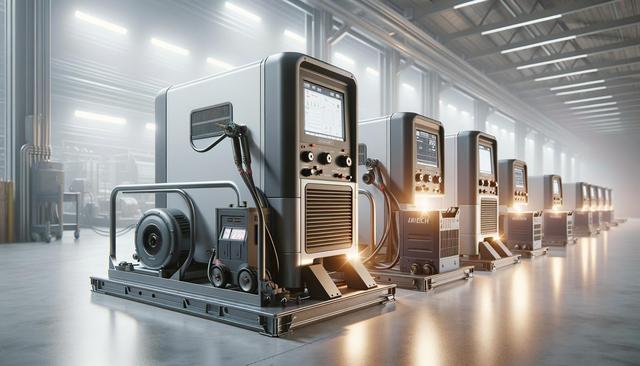Understanding What Welding Machines Do
Welding machines are essential tools used to join metal parts together by generating heat that melts the materials at the joint. Once cooled, the fused materials form a strong bond. These machines are widely used in industries such as construction, automotive, aerospace, and shipbuilding, as well as by hobbyists and small-scale fabricators. The core function of a welding machine is to provide a stable and controlled electric current to create the heat needed for welding. The efficiency and quality of the weld depend heavily on the type of machine used and the method applied.
There are different electrical outputs in welding machines, including alternating current (AC), direct current (DC), or both. Each type has its own benefits depending on the material being welded and the desired finish. AC is generally used for magnetic materials and heavy-duty applications, while DC is known for providing a smoother arc and is commonly used for welding thin metals.
Main Types of Welding Machines
Different types of welding machines are designed to suit specific welding processes. Understanding the distinctions between them can help users choose the right equipment for their needs. The most commonly used types include:
- Arc welding machines (Stick welders): Ideal for outdoor use and thicker materials.
- MIG welding machines: Preferred for their ease of use and clean welds.
- TIG welding machines: Known for precision and control, often used in aerospace and automotive industries.
- Plasma arc welding machines: Typically used in high-precision applications.
Each machine type requires specific accessories and consumables, such as electrodes, filler materials, and shielding gases. The choice of machine should be guided by the material type, thickness, and the specific application or project requirement.
Key Features to Consider When Selecting a Welding Machine
When selecting a welding machine, several features influence its performance and suitability for specific tasks. It’s important to evaluate these aspects to make an informed decision:
- Input power and voltage compatibility
- Amperage range and duty cycle
- Portability and weight
- Ease of use and level of automation
- Safety features and certifications
Machines with adjustable settings allow greater control over the weld, which is especially useful for beginners or those working with a variety of materials. Safety features like thermal overload protection and proper insulation are also essential to ensure user protection during operation.
Applications Across Different Industries
Welding machines are used in numerous sectors due to their versatility and reliability. Their applications vary greatly depending on the industry and the specific welding requirements. In construction, they are used for building frameworks, bridges, and pipelines. In automotive manufacturing, welding machines are critical for assembling vehicle bodies and repairing parts. Other key applications include:
- Shipbuilding and marine industries for fabricating hulls and structural components
- Aerospace engineering where precision and strength are vital
- Railway construction and maintenance
- Art and sculpture for creating metal artworks
Small workshops and DIY enthusiasts also use welding machines for repairs and custom projects. The wide range of available machines allows users in all sectors to find models that fulfill their operational needs.
Maintenance and Safe Operation
Proper maintenance of welding machines is crucial to ensure their longevity and performance. Regular inspections should be performed to check for wear and tear, loose connections, and any signs of overheating. Cleaning the machine and replacing consumables on time helps maintain consistent output quality.
Safety is another critical aspect when operating welding machines. Users should always wear appropriate personal protective equipment (PPE), including:
- Welding helmets with suitable lens shade
- Flame-resistant gloves and clothing
- Safety boots and ear protection
- Ventilation or fume extraction systems in enclosed spaces
Following manufacturer guidelines, securing the work area, and ensuring proper grounding are also essential practices to reduce risks associated with welding operations. Training and skill development further enhance safety and efficiency in welding tasks.




Leave a Reply